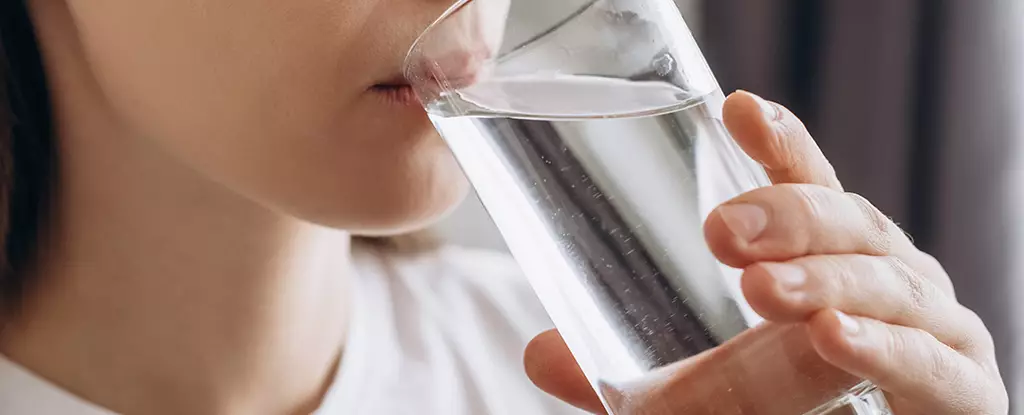In recent years, the prevalence of microplastics in our environment has become a pressing issue. Research suggests that these minuscule plastic fragments infiltrate our bodies primarily through the food and beverages we consume. The alarming news is that the ingestion of microplastics may be more widespread than previously understood, posing potential health risks. Addressing this crisis, a Chinese research team from Guangzhou Medical University and Jinan University has proposed a novel solution: boiling drinking water to significantly reduce the presence of these contaminants.
In a groundbreaking study published earlier this year, researchers investigated microplastic contamination in both soft and hard tap water. The contaminated samples were subjected to boiling, followed by a filtration process aimed at isolating and removing nano/microplastics (NMPs). The study noted that centralized water treatment systems are often inadequate in eliminating these particles, which has triggered growing global concern. Boiling water, a commonplace practice in many households, emerged as an unexpectedly potent method for reducing microplastic exposure.
Remarkably, the findings indicated that up to 90% of NMPs could be eliminated through this simple boiling and filtering procedure. However, the efficacy of the method varied between soft and hard water. Hard tap water, known for its higher mineral content and natural buildup of calcium carbonate, demonstrated a greater capacity to trap these microplastic particles. When heated, the calcium carbonate precipitates, effectively encapsulating the microplastics, allowing them to be removed easily with standard kitchen filtration tools.
The implications of this research are significant for public health. The concept of boiling water to eliminate microplastics is not only practical but also accessible. Most households possess the necessary tools—a kettle for boiling and a simple stainless steel mesh to filter the water. The findings advocate for a shift in how we perceive boiling water; instead of an outdated method suitable only for specific cultures, it can evolve into a universal practice aimed at reducing ingested microplastics.
Elevating awareness of boiling water as a way to minimize NMP consumption might also bridge cultural gaps. Certain regions have long had a tradition of boiling water, but expanding this practice could become crucial in combating the plastic crisis. Given the worrying connections between plastic consumption and adverse health outcomes, such as disruption of gut microbiota and increased antibiotic resistance, adopting this method could be a simple yet effective step toward improving health outcomes globally.
As beneficial as boiling appears, it’s essential to recognize that more research is necessary to fully understand the long-term effects of microplastics on human health. While some studies have linked various types of plastic—ranging from polystyrene to polyethylene—with potential health implications, definitive conclusions about their impact remain elusive. The researchers associated with this study are keen on expanding their investigations to uncover deeper insights about the effects of microplastic exposure and the role that boiled water could play in mitigating these risks.
The assurance provided by the researchers that boiling water is a feasible strategy offers hope in a world increasingly plagued by plastic pollution. Yet, the path forward requires a multifaceted approach. It calls for not only individual action but also systemic change—enhancing water treatment processes on a larger scale, promoting responsible plastic consumption, and fostering greater environmental awareness.
Ultimately, the quest to reduce microplastics in our diets cannot rely solely on boiling water. While this method shows promise, it is vital to promote a culture of environmental stewardship and innovation in reducing plastic waste. Individuals, communities, and governments alike must work together to confront the challenges posed by pervasive plastic pollution. With renewed focus on public health practices and proactive measures, we can forge a path toward a cleaner and healthier future—less encumbered by the hidden dangers of microplastics in our drinking water and beyond.
Addressing the microplastic dilemma requires collective awareness, consistent action, and ongoing research. Boiling water presents a straightforward, effective solution that can significantly reduce our exposure to these harmful contaminants, but it should be part of a comprehensive strategy to protect ourselves and the environment from further degradation.


Leave a Reply